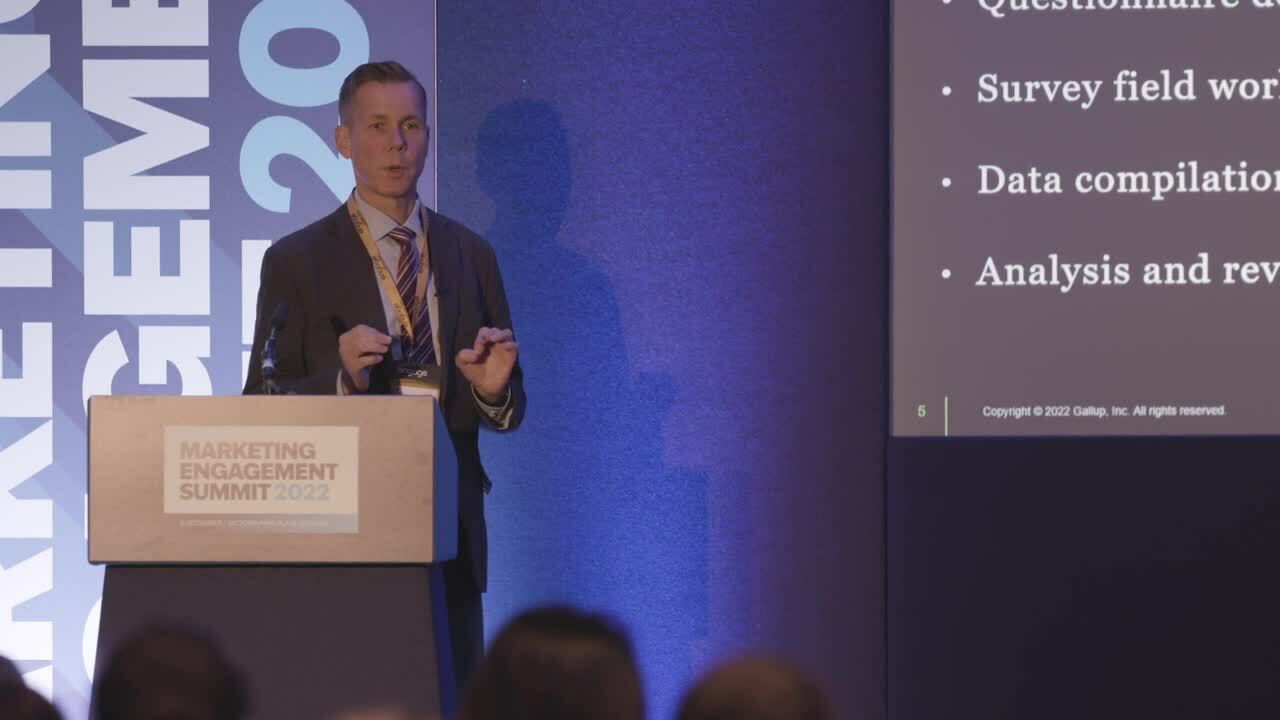ABM is Not for the Faint-Hearted

By Chantal Reed, Fractional CMO, Launch and Growth Marketing Advisor: Tech Innovation, SaaS and CX
Further to my call for Ubiquitous Data in my last blog, my attention is now turning to ABM, which needs highly accurate intent and engagement data to thrive.
ABM OR ABM?
Now, first and foremost, let’s be clear about the acronym, which is not to be confused with Account-Based Management, which is a part of Account Based Everything (ABE) – yes, that does exist... and is part of driving retention and account stickiness.
KNOW YOUR CUSTOMER (KYC OR ICP)
In the 90s, we called Account-based marketing ‘key account marketing’, and it does what it says on the tin. The key account or ICP account is identified and there is a strategic approach to embedding your brand into the buying committee at every touchpoint. Otherwise called a ‘market of one’, but there are also other elements of ABM that are 1:few and 1:many that form part of the account journey too…
For this blog, I will just look at 1:1 ABM.
Enterprise marketing has been the common denominator of many of my client demand and lead generation projects and Enterprise marketing is where ABM was born. SMEs and mid-market customers can also benefit from the approach, and I suggest ‘pilot’ usage to enable a strict control of costs and view of KPIs… that’s for another time.
DEMAND OR LEAD GENERATION?
So that last paragraph brought up another point I would like to clarify for some of you. Demand and Lead generation are different, and different strategies are aligned with these. For this blog on ABM, it is lead generation that is derived from and aligned to demand generation.
Full-funnel demand generation drives interest in your ICPs at certain points in their buying committee’s buying journey and then you drive account-based marketing initiatives into the top-tier opportunities together with your sales team.
My most recent role was with a large, global CX (customer experience) provider as their marketing leader in EMEA. As always, one of my tasks was to drive revenue and lead generation; before structuring a full digital campaign lead approach, the need is to look at the data for any ABM.
I was very lucky that this organisation had a robust martech stack in place from the data mining side and a very good BDR team, which I managed to be able to investigate qualitative traits of interested accounts. I know some of you don’t have that and, in another blog, I can focus on how you mine without all the martech there… it’s what I had to do until martech became available.
1:1, 1:FEW, 1:MANY
So, once you have an idea of your ICP, then you can review intent data, website, social and online touches and conversations and of course sales conversations – this is not just a digital game! Sales conversations and insight are critical. You should be working in tandem with them. From here, you can tier your ABM into 3 categories of opportunity that are structured as 1:1, 1:few and 1:many lead generation activity. The account data are pooled into these ‘buckets’ and are not necessarily mutually exclusive of each other.
FOCUSING AND A LONG-TERM STRATEGY
Generally, the 1:1 activity is the most intense obviously, but it does not need to be the most expensive. Remember 1:1 is also about the account; there are possibly 8 – 12 people involved in the buying committee even in relatively small ‘ticket’ items… and that is the next challenge. Who are they? Who are the champions? Who are the decision-makers, the influencers, and the critics?
Remember ABM is not a marketing strategy, it is a sales and marketing strategy. You must work closely with your peers as when the account becomes live, the sales team should activate their own Account-Based Management strategy.
ABM also needs focus. Having a dedicated resource or small team working on ABM alone is critical to make it work well and measure success.
At a large tech provider, I started to create an ABM approach for a European organisation with the Enterprise sales leaders by looking at current customers and diving deeper into the account to create ongoing SaaS subscriptions and retention. Developing that was the most interesting project; it is a mindset change as well as a sales and marketing strategic dance.
To be continued…


